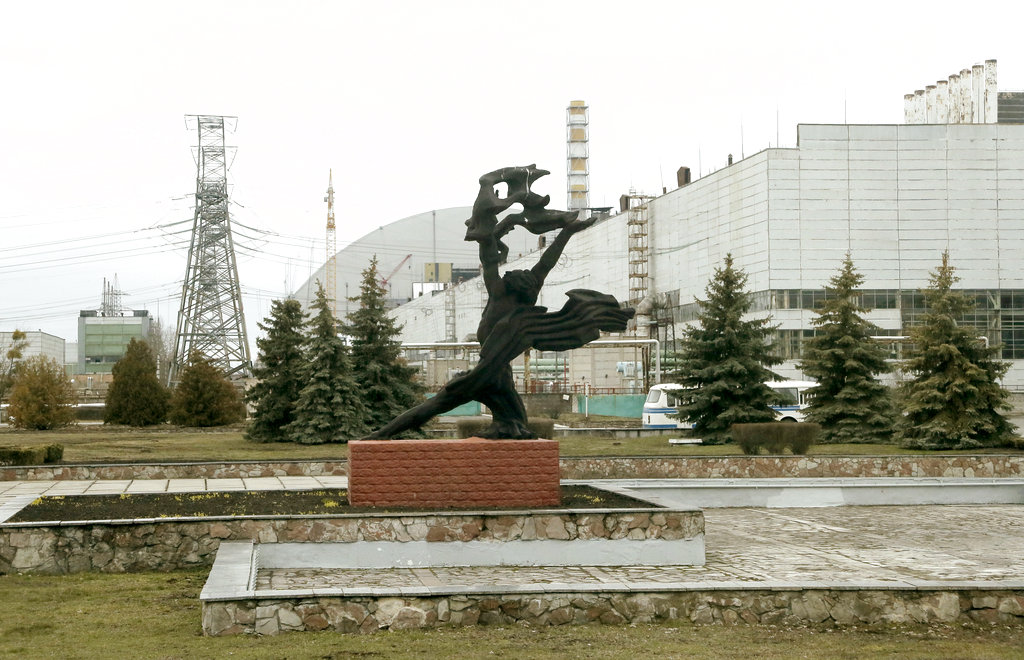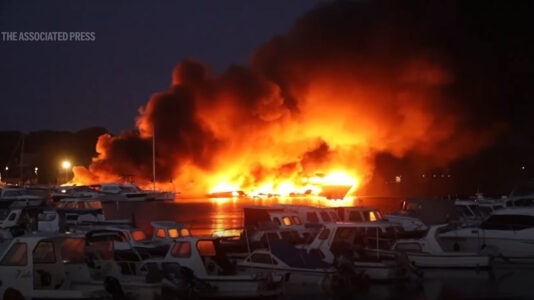The situation around the Zaporizhzhya and Kursk nuclear power plants is steadily deteriorating, Alexei Likhachev, CEO of the Russian state nuclear company Rosatom, told Rafael Grossi, Director General of the International Atomic Energy Agency (IAEA), in a telephone conversation on Saturday.
Rosatom’s press service reported how Likhachev had invited Grossi to the Kursk nuclear power plant and the town of Kurchatov to see the conditions there for himself.
Earlier in the day, Russia accused Ukrainian troops who had invaded the Kursk region of planning an attack on the Kursk nuclear power plant and holding Moscow responsible. Ukrainian foreign spokesman Heorhiy Tihiy denied the allegation on X, calling it “crazy” propaganda.
The Russian defense ministry, quoted by the Interfax news agency, stressed that a tough response would be given if any attack on the nuclear facility took place.
Similarly, the Russian management of the Zaporizhzhya nuclear power plant claimed on Saturday that a Ukrainian drone dropped an explosive device during the day on a nearby road where the plant’s personnel were driving.
According to Russia, “the Ukrainian attack posed a direct threat to the safety of the staff and the plant”. There was no word on whether anyone was injured.
The Zaporizhzhya nuclear power plant, the largest in Europe, came under Russian control shortly after the start of the Russian invasion in February 2022. Russia and Ukraine have since repeatedly accused each other of trying to sabotage the plant’s operation.






